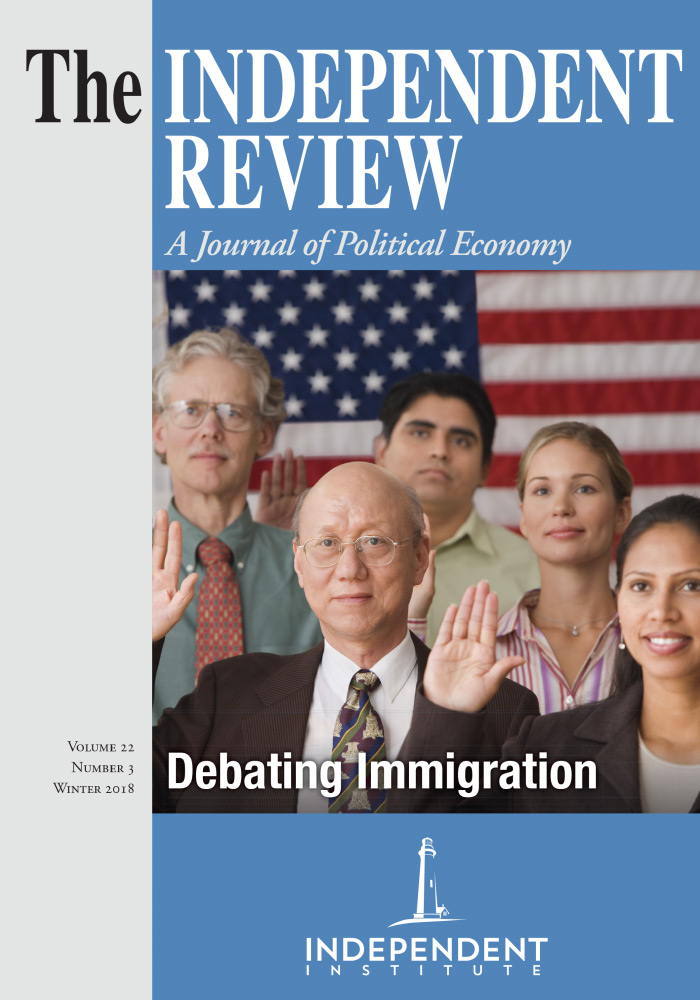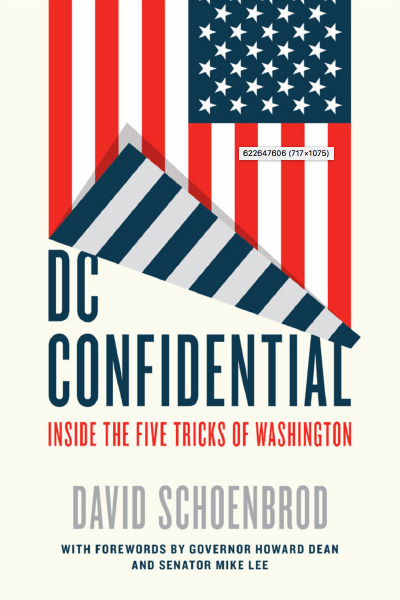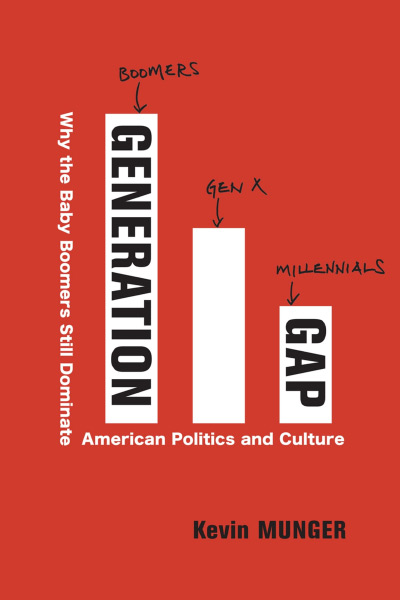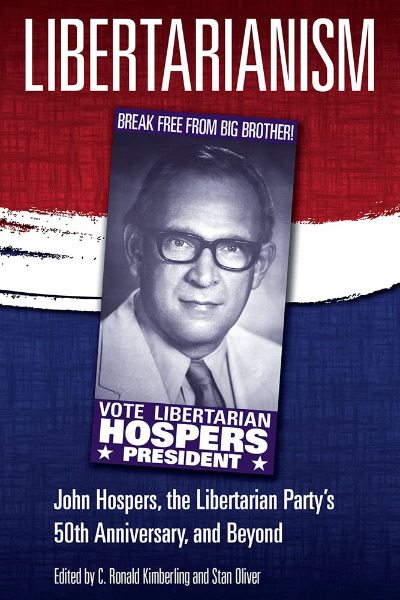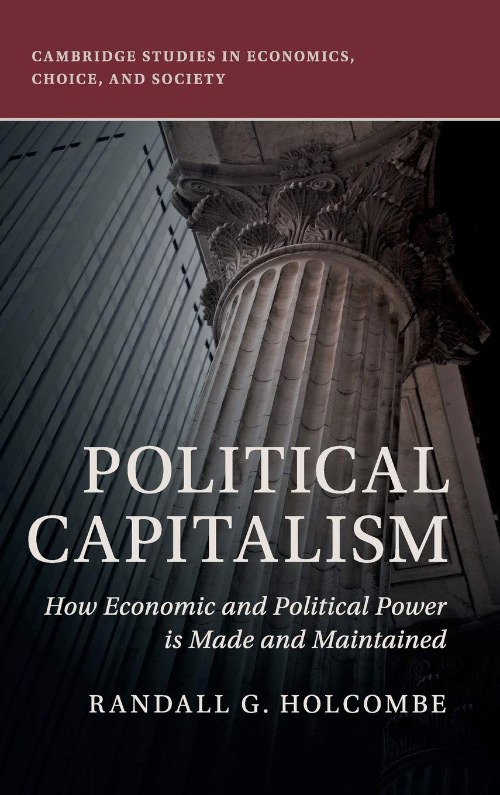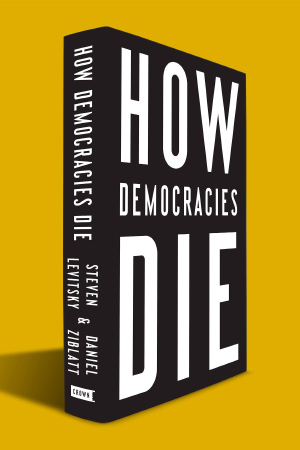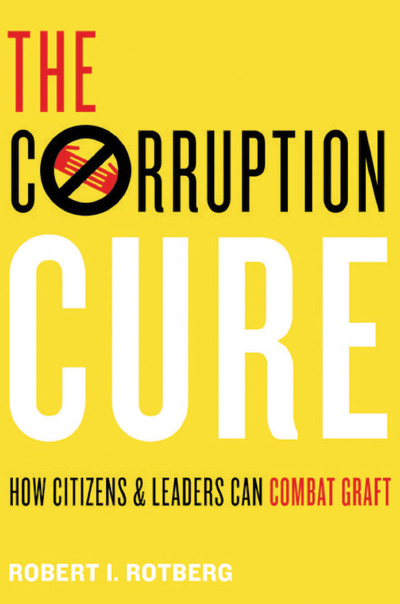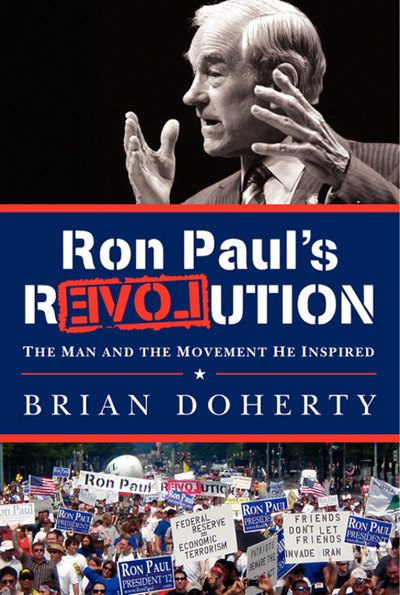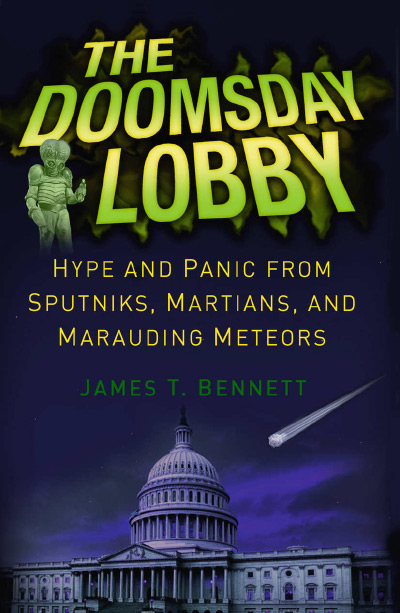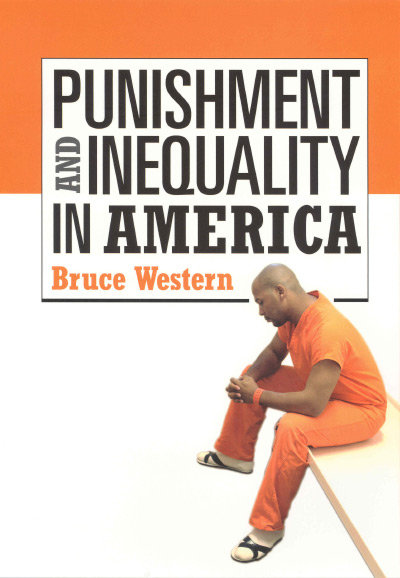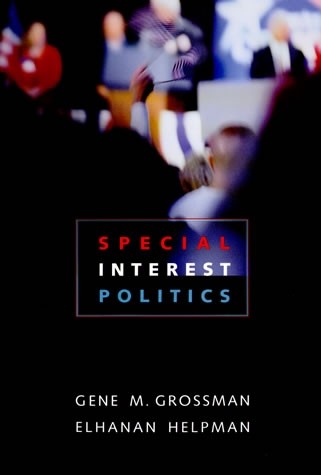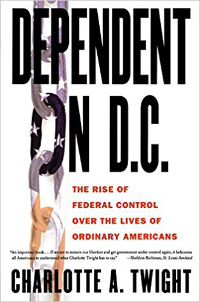The “Public Choice” approach to understanding politics was founded in the late 1950s, in response to two sets of misleading claims. The first was that unfettered majority rule always led to ethically “good” outcomes; the second was that government could usefully be conceived as a benevolent dictator, acting in the public interest.
Public Choice answered these claims first by noting that democracy actually requires constitutional constraints on majorities as a means of protecting the rights of individuals. Second, Public Choice made the point that “government” is people. Consumers who lack the information they would need to buy sugary soda or medical drugs probably don’t have the information they would need to choose federal policies, or presidents, either. In fact, every flaw in consumers is worse in voters, because of collective action problems and difficulties in holding politicians to their promises. Further, the same self-interest that might lead corporate CEOs to misbehave can be expected to color the judgments and influence the actions of those same types of people who look into a mirror and see a Senator.
David Schoenbrod has reinvented Public Choice theory. It is always easier to be original if precedents are ignored, but this case the reinvention starts with a different set of analytical tools. That makes it worthwhile, because instead of being a restatement in the way someone steeped in the literature might approach the subject, Schoenbrod starts from his own wealth of experience.
And quite a lot of experience it is. Much of his work, with the Natural Resources Defense Council and other organizations, has focused on the environment and energy. But his points are more generally useful, and attempt to present an overview of (my words, not his) government failure in democracies.
As the title suggests, he has distilled the pathologies of state action down to five essential categories. He begins with “How Congress Is Supposed to Work—And Long Did,” a debatably rose-colored view of the legislative good old days in the U.S., before Richard Nixon. Schoenbrod doesn’t specifically blame Nixon, but (plausibly) notes that the sense of comity, shared purpose, and concern for fairness and open debate seem to have had a downward inflection sometime in the mid-1970s. He does cite James Buchanan briefly, from an obituary in the Economist, getting right Buchanan’s concern for fairness in rule-following. (I expect that Schoenbrod will be getting an angry letter from my Duke colleague Nancy MacLean about that!)
Schoenbrod also references, in an interesting way, the “decision” problem faced by honeybees in choosing a new hive site. He admires the evolved capacity to make a decision, even though none of the deciders have any measurable cognitive capacity for choosing. I was hoping that he would reference Janet Landa’s article, “The Political Economy of Swarming in Honeybees: Voting-with-the-Wings, Decision-Making Costs, and the Unanimity Rule,” Public Choice, 51(1986): 25-38, but the book is quite free of Public Choice precursor references. Schoenbrod uses (as Landa did) the example of bee decision-making to illustrate the importance of institutions, and the very high stakes societies—bee or human—face in making good choices.
The “five tricks” are a nice way of summarizing the achievements of the U.S. Congress in rewriting the rules to the advantage of members. Is it a plan, even a conspiracy? The classic answer comes from David Mayhew’s 1974 Congress: The Electoral Connection (Yale University Press):
The organization of Congress meets remarkably well the electoral needs of its members. To put it another way, if a group of planners sat down and tried to design a pair of American national assemblies with the goal of serving members’ electoral needs year in and year out, they would be hard pressed to improve on what exists. (pp. 81-82)
Schoenbrod is saying that Mayhew didn’t know the half of it. The “five tricks” are the “electoral needs” diagnosis on steroids. Each one of the tricks—giving away money, subsidizing risk, unfunded mandates, vague but excessive regulations, and recreational warfare—confers benefits on members of Congress at the expense of both current citizens and future taxpayers. Each of the “tricks” is well-documented, and Schoenbrod is scrupulously even-handed in noting that the use of the “tricks” is the most bipartisan activity Washington, D.C. has left.
The core problem, according to Schoenbrod, is that members of Congress have devised, or encouraged the evolution of, a system that allows them to take credit for actions or policies whose costs are always borne by someone else, and often much later. No one designing a legislative or regulatory system would have made these choices, but the self-interest of members of Congress still drives things in the direction of their own self-interest.
So, while I might quibble that Schoenbrod’s reinvention of Public Choice might have benefitted from being better situated in the literature that has been making this argument for more than 50 years, this book should take its place in the Public Choice pantheon on its own merits. At a time when Public Choice is under attacks from ideologically motivated scholars on the left, Schoenbrod has demonstrated that it is possible to diagnose problems, and offer solutions, that take seriously the problems of national success rather than simple partisan advantage.
| Other Independent Review articles by Michael C. Munger | ||
| Summer 2024 | Secret Government: The Pathologies of Publicity | |
| Spring 2024 | Following Their Leaders: Political Preferences and Public Policy | |
| Spring 2024 | The Origins and Evolution of Consumer Capitalism; Crack-Up Capitalism | |
| [View All (80)] | ||

